Peru
Thousands of years of human civilizations are etched into the Peruvian Andes, making this historically influential region a treasure trove of archaeological sites and cultural tradition. The indigenous roots of the mountains blend with the colonial influence of the Spanish, and make Peru one of the most fascinating places in South America. Stretching from the jungles of the Amazon to the deserts of the Pacific coast, to the snow-capped peaks of the Andes and the shores of Lake Titicaca, Peru has incredible biodiversity and soaring mountain panoramas that will literally take your breath away. With world-class trekking, archaeological mysteries, colonial architecture, and mouth-watering cuisine, Peru is the ultimate destination to experience tradition and the titanic beauty of the Andes. Walk the cliff-top parks of Lima’s Miraflores and Barranco neighborhoods and enjoy spicy ceviche—lime-marinated seafood—or a Pisco sour. Tour the historic, white-stone city of Arequipa, and shop the markets of Cusco before traveling into the Sacred Valley and visiting the marvels of Machu Picchu and Ollantaytambo. Peru is a country with a rich heritage of art, folk music, agriculture, fishing, and is the living legacy of the great Inca empire. Enjoy the incredible fusion of spicy, fresh, and simple that adds up to delicious and regionally distinctive cuisine. And with so many amazing sites to visit and landscapes to explore, remember to appreciate every moment along these winding roads—and know that running late is just another way of being right on time.
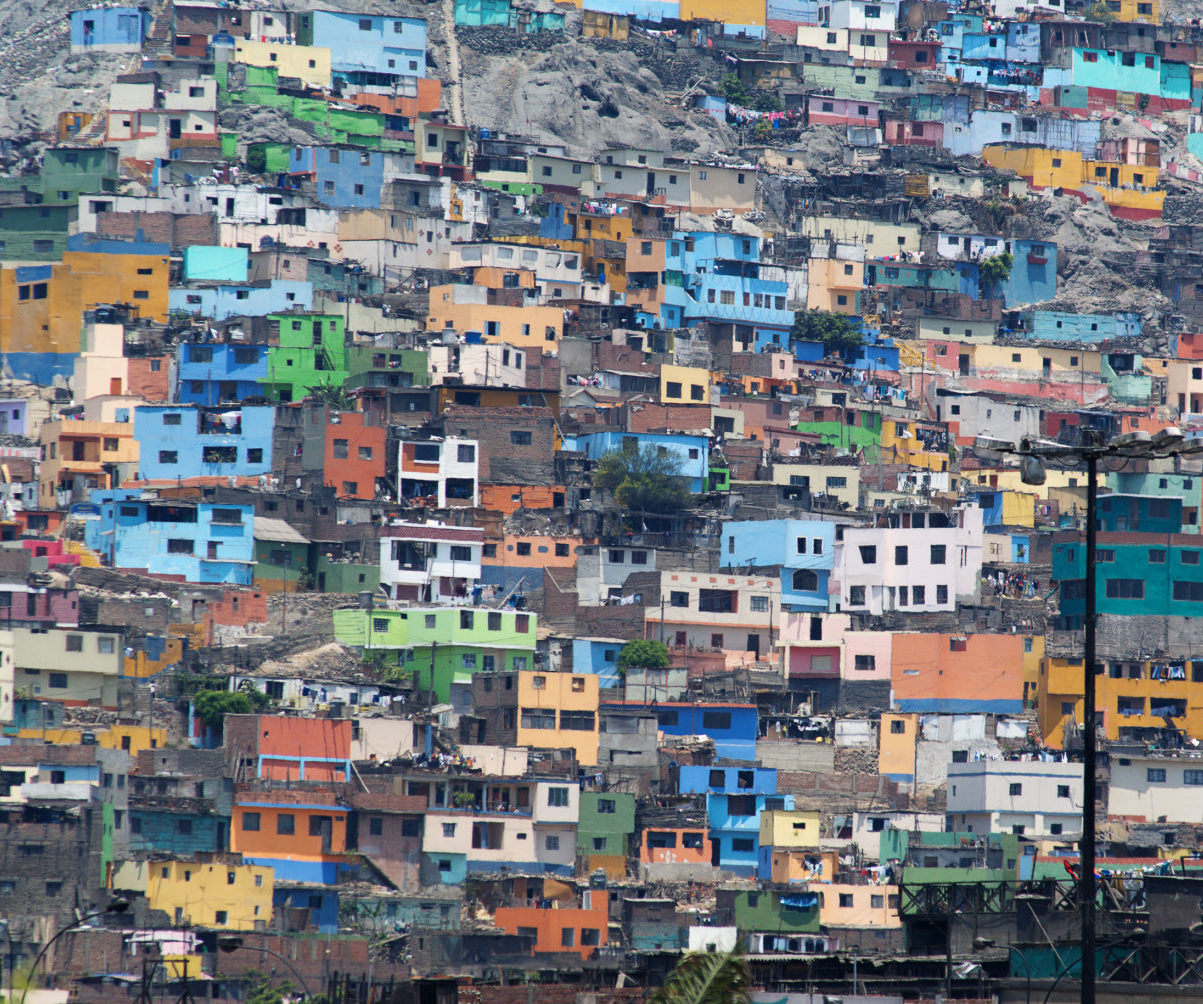
Lima
A city of colonial wealth and modern convenience, Lima is a collision of both grit and glamour. Driving into the city from the airport will give you a glimpse of the industrial pulse of this city of 8 million people, but the heart of the city radiates with charm. Take a stroll through the flower-filled parks of the Miraflores neighborhood, or wind your way through the colonial mansions, artsy boutiques, and colorful streets of Barranco. Excellent restaurants serving everything from fresh seafood to international cuisine seem to be on every corner, and the trendy bars and clubs of Barranco are the center of Lima’s roaring nightlife. Go paragliding over the cliffs that plunge down toward the Pacific for a jolt of adrenaline, or watch the chutes float by from the terrace of the palatial open-air Larcomar mall. Head over to the Plaza Mayor to visit some of the city’s finest colonial buildings, a collection of quality museums, and the Baroque-style Basilico y Convento de San Francisco de Lima. This city is a blend of faded grandeur, modern glitz, and the rough edges of a major metropolis that can feel overwhelming, but Lima resonates with unique allure.
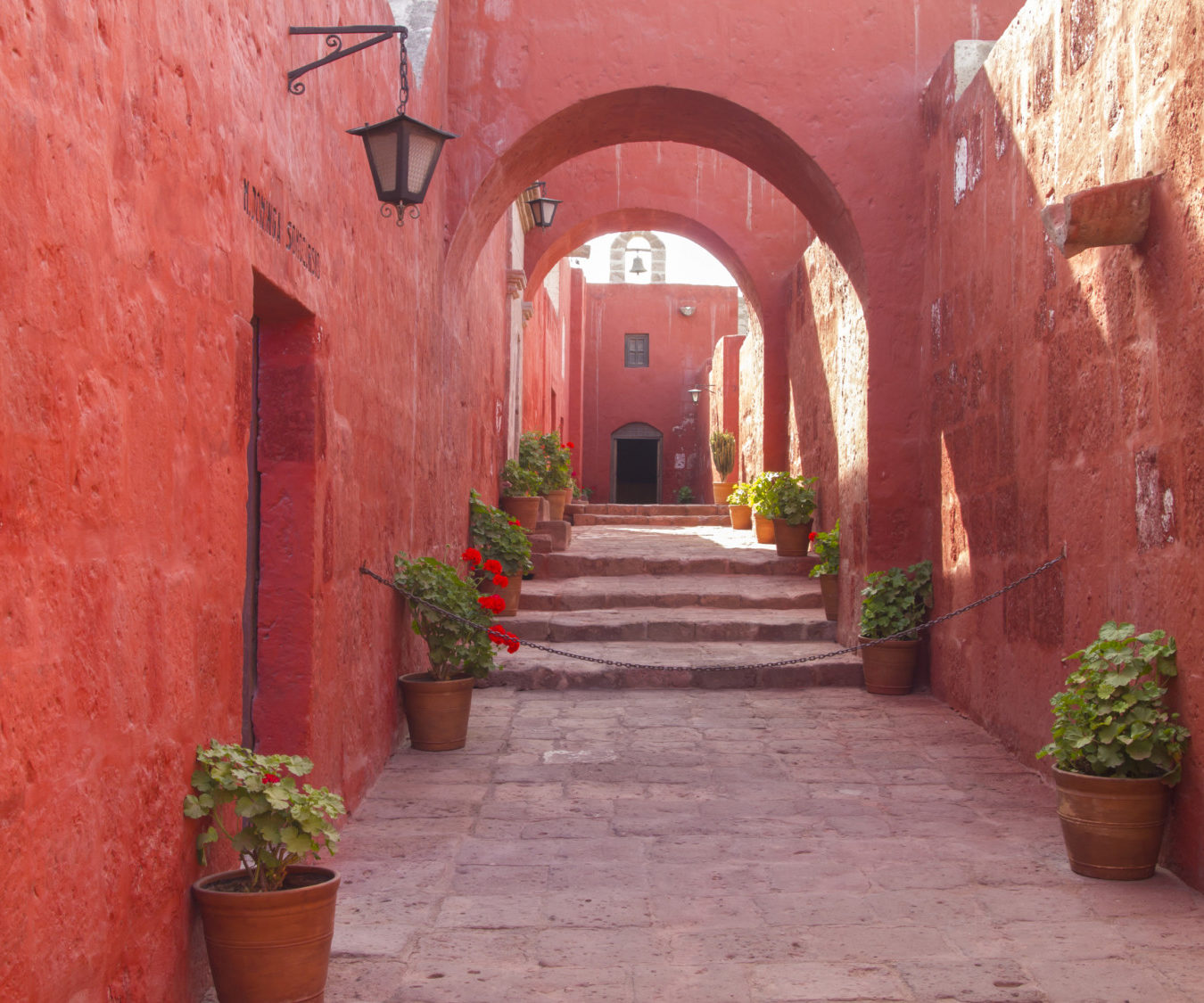
Arequipa
Known for its unique architectural blend of European and indigenous styles called Escuela Arequipeña, Arequipa is a cultural gem. The striking array of Baroque buildings of the city center made of white volcanic sillar rock earned Arequipa the name The White City, and recognition as a UNESCO World Heritage site. The Basilica Cathedral is an extraordinary building on the palm-lined Plaza de Armas, made even more so by the 19,100-foot spectre of the volcano El Misti in the background. Arequipa’s cuisine stands out in a country full of amazing food—try the prawn chowder or spicy stuffed peppers—and is worth staying an extra day or two to enjoy a few more meals. Take tours of the sillar quarries, or visit Colca Canyon, one of the deepest canyons in the world. Standing on the canyon’s rim you can look down on soaring condors; if you have the time for an adventure, this is an amazing area for hiking.
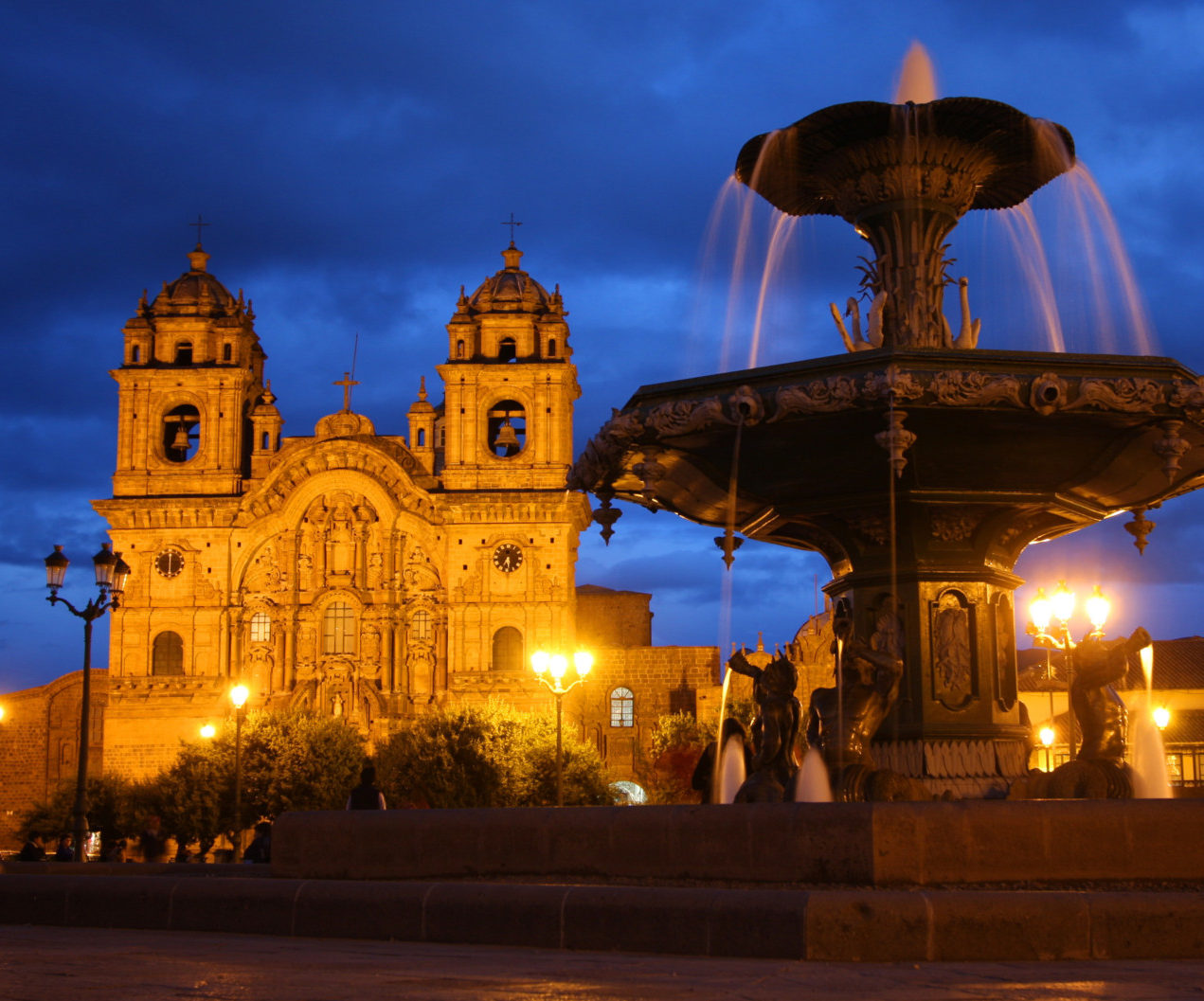
Cusco
Flying into Cusco feels like you hardly have to descend to hit the runway. Nestled into the Andes at an elevation of 11,000 feet, this historical Inca capital is surrounded by stunning landscapes. The cobbled streets and walls of the old town of Cusco are a testament to the cultural fabric that formed this city and defined the region. The fortified Inca citadel complex Saqsaywaman, with distinctive dry-set stone walls, presides over the city; below, two colonial churches frame the Plaza de Armas and emphasize the influence of the Spanish conquistadors and the Catholic Church. Cusco is the starting point for tours of the archaeological marvels of the Urubamba Valley and Machu Picchu, but the city has plenty of its own to offer for a day or two while you acclimate to the thinner air of the Andes. Visit the quirky Museo de Arte Popular, wander through artisan and fruit markets, or duck into one of the many quality restaurants and cafés that have evolved to serve the ever-growing tourist economy. But in spite of the focus on tourism, Cusco has retained a strong sense of tradition and historical identity that will leave an indelible impression.
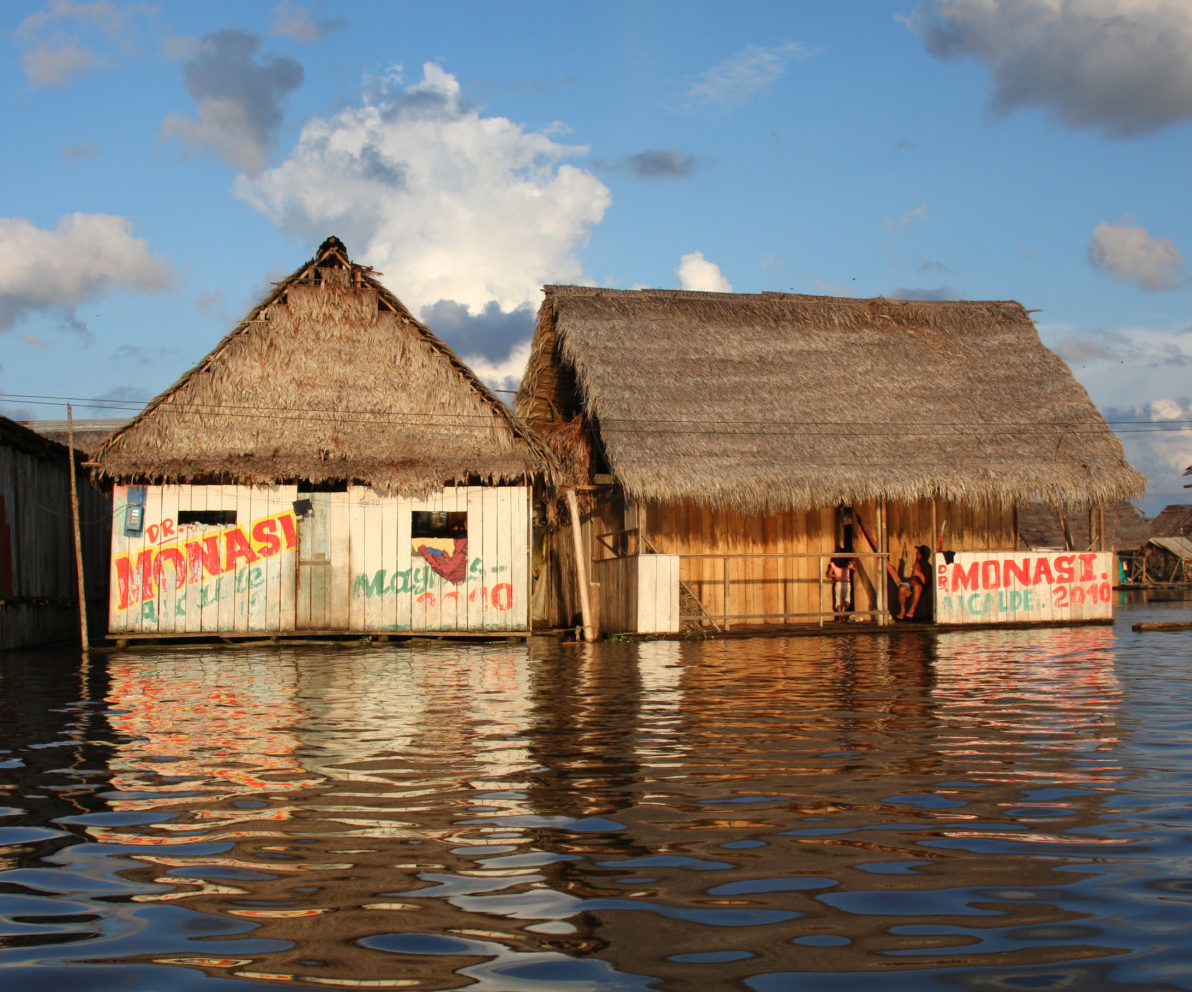
Iquitos
Iquitos is the world’s largest city that is accessible by only boat or airplane, which is a good hint of how unique this city feels. An area originally inhabited by independent tribes, the Jesuits arrived in the 16th century on religious expeditions, but the city that is now home to nearly half a million people wasn’t founded until 1757. Perched on the banks of a lagoon formed by the Río Itaya, Iquitos’ economy is a strange pairing of petroleum extraction and ecotourism; this is a landscape of contrasts and organized chaos. The verdant crush of the jungle is held at bay by glamorous air-conditioned bars and restaurants, and motor-tricycles zoom along next to the muddy, slow moving river; tiled mansions loom over thatch-roofed huts, and cruise ships dock alongside dugout canoes. Stay at incredible lodges that are completely surrounded by the jungle, and keep your eyes and ears open for countless birds and wildlife like monkeys, sloths, and pink river dolphins in this vivid wilderness.
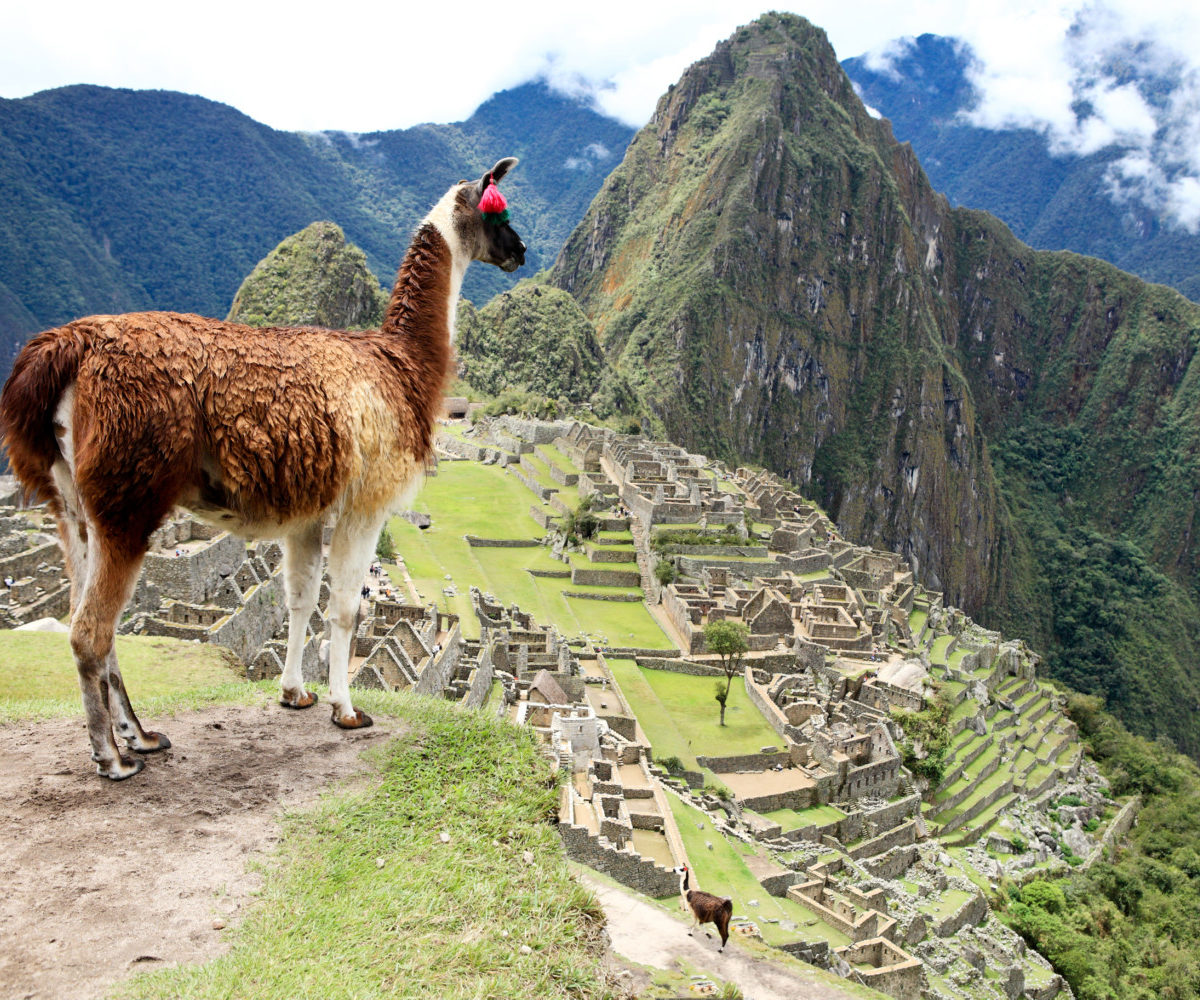
Machu Picchu
You can see pictures, hear about it, read about it, and you will still be completely blown away by visiting this mystical and sacred city of the Inca. It is worth getting a guide so you can truly appreciate the incredible effort and care the Inca took building this city on top of the world. The most important structures are the Temple of the Sun, the Room of Three Windows, and the Intihuatana, a stone structure that served as a kind of clock or calendar to mark the winter solstice. Though Machu Picchu is the most visited site in Peru, if you get here early, in the misty hours just after dawn, you can find a quiet perch to contemplate the magic of the mountains. The ruins above Machu Picchu, named Huayna Picchu, are definitely worth the climb for the stunning views of the valley and over the ruins below.
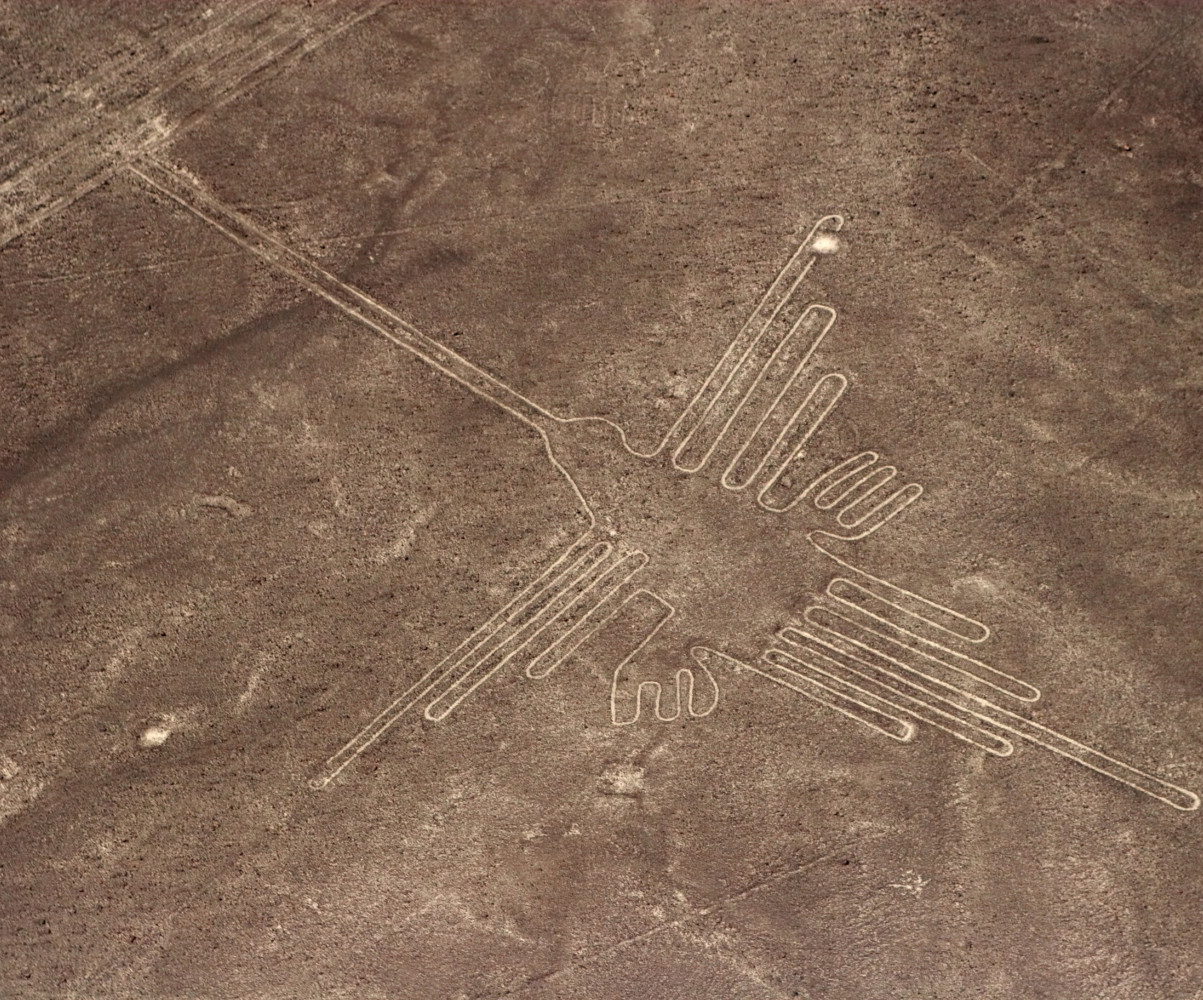
Nazca Lines
Stretched across more than 300 square miles of the rocky red plains of the Pampa Colorada, halfway between Lima and Arequipa, the Nazca Lines are an archaeological mystery, and a masterpiece of human ingenuity. Scholars date the construction of these drawings to between 500 BCE and 500 CE, though this is just one of many points of contention in the ongoing attempt to understand their significance. Some of the animal and plant drawings, formed by removing the red rocks on the surface to expose grey clay beneath, are more than 1000 feet long. Not truly recognized as drawings until pilots saw them from the air in the 1930s, taking a tour by plane is the best way to experience this incredible site.
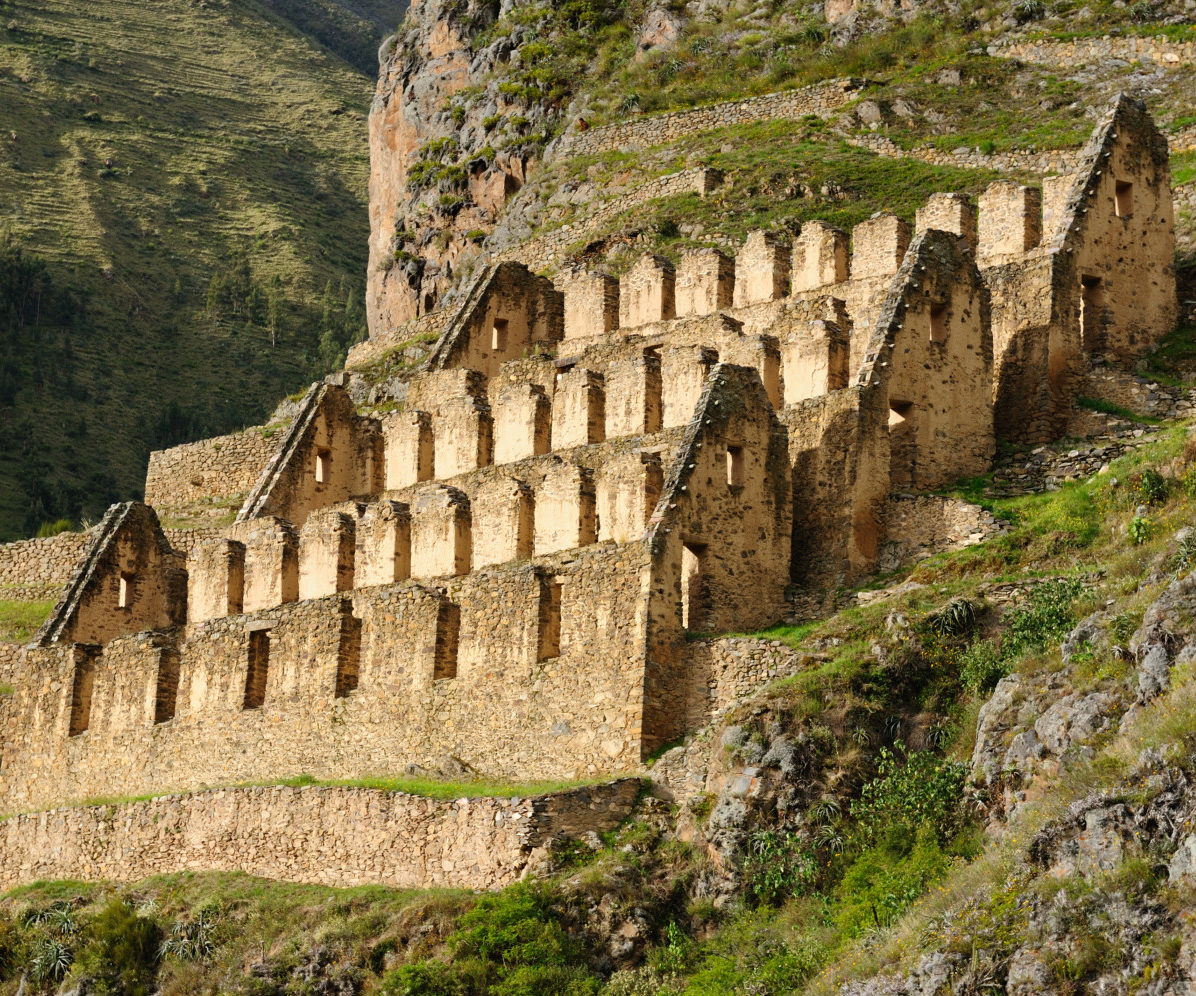
Ollantaytambo
Tucked into the Urubamba Valley, also called the Sacred Valley, Ollantaytambo is one of the oldest continuously inhabited cities in the Americas. The narrow cobblestone streets and stone-paved irrigation channels have been in use since the 13th century and are an integral part of Ollantaytambo’s inherent charm. Rebuilt in the mid-15th century as a royal estate of the Inca emperor, there are impressively preserved storehouses, agricultural terraces, holy sites, fortifications, and numerous archaeological remains in the area. Though Machu Picchu remains the headline attraction in the area, the ruins of Ollantaytambo should not be overlooked. The drive to get here from Cusco is part of its allure; the well-paved road winds through the mountains offering ever changing but always amazing views of the valley and surrounding peaks. It’s worth taking your time in Ollantaytambo to take advantage of great local hiking without the same crowds that you will find at Machu Picchu.
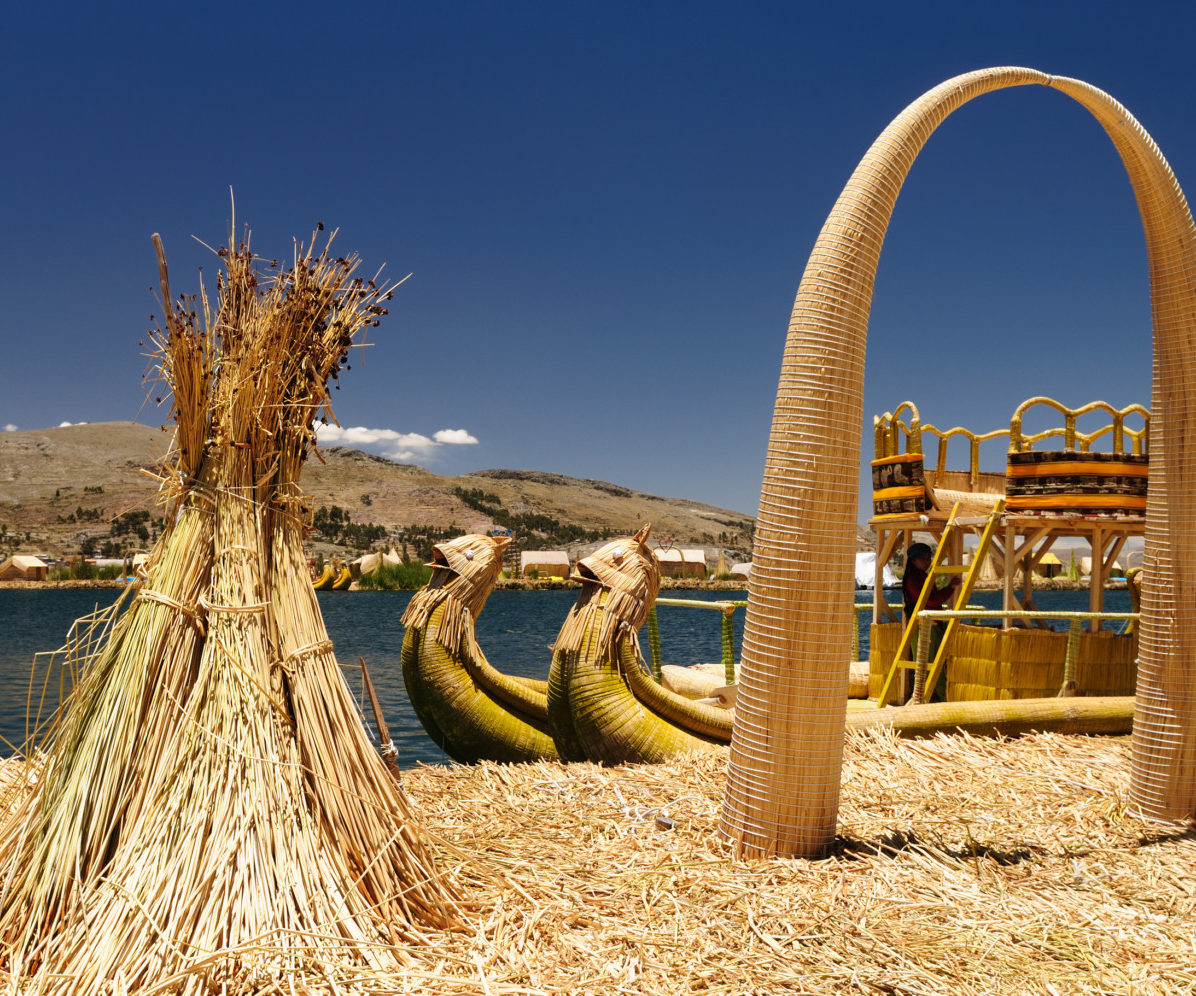
Puno
Puno is not the most attractive city in Peru at first glance, but what it lacks in luxury it makes up for with general cheer and lakeside vistas. Away from the grandeur of the Plaza de Armas, concrete and brick buildings wind uphill away from shore. Sitting on the edge of Lake Titicaca, a pristine and profound environment, Puno is the gateway to exploring the magic of the lake’s unique floating reed islands of Uros and for a glimpse of traditional life on Taquile Island. Surrounded by snow-capped mountains and forming part of the border between Peru and Bolivia, Lake Titicaca is the highest navigable lake in the world, and feels like an alpine ocean. Pinned between mountains and lake, there is always a bit of a chill in the air in Puno, but with lively bars, delicious food, and a tireless calendar of events, there always seems to be an atmosphere of celebration in town.
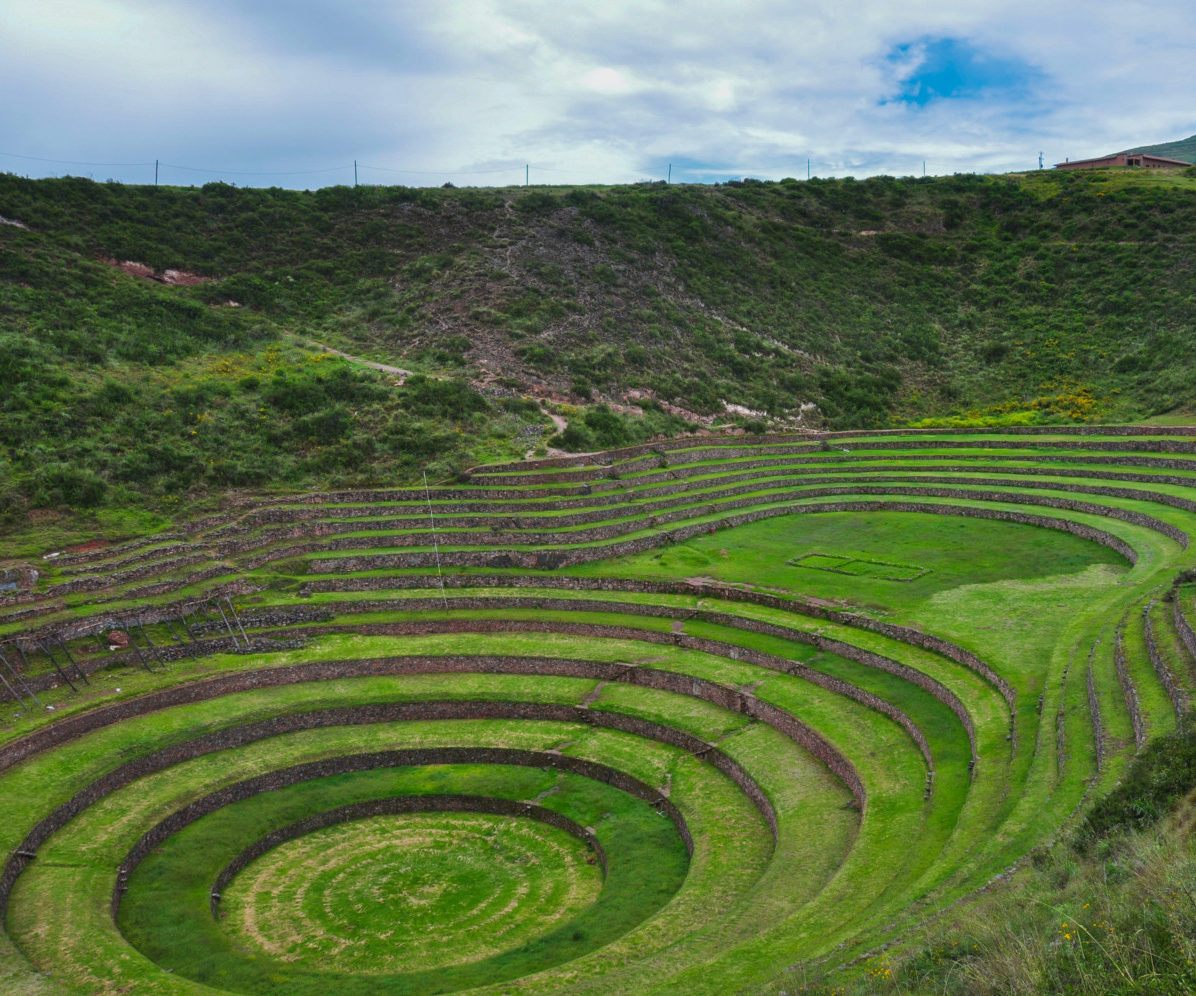
Urubamba Valley
El Valle Sagrado, the Sacred Valley, is just one of many names for the Río Urubamba Valley, which contains attractive colonial towns and stupendous stone ruins of the Inca Empire. The valley begins just a short drive to the north of Cusco, and winds its way through mountains, rewarding you with panoramic views the entire way. Just a few of the many highlights in the valley are the Temple of the Sun at Pisac, where steep stone terraces plunge off the side of the outcropping, the ruins of Ollantaytambo, and Chinchero, a town with ruins that is also home to a picturesque colonial church and a vibrant weekly market. Take your time traveling through the valley to enjoy the majesty of the mountains and imagine life here a millennia ago. If you can spend a night or two in the valley you will be rewarded with quieter nights free of daytime crowds, and have the chance to hike some less traveled trails.
